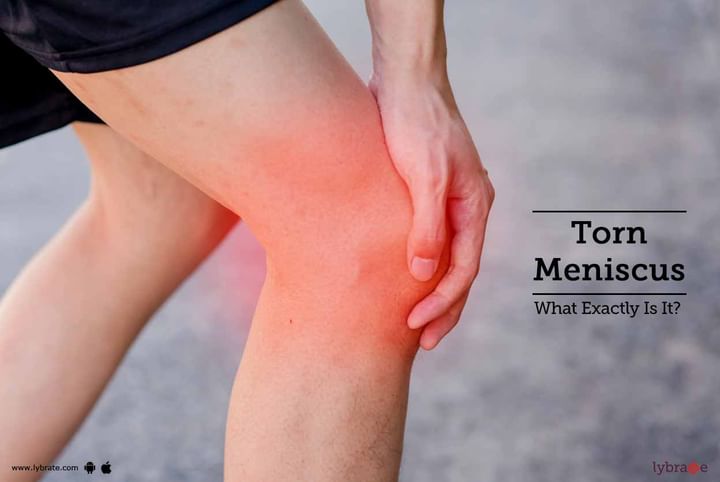Torn Meniscus - What Exactly Is It?
Like other knee injuries, the torn meniscus can be painful and debilitating. But unfortunately, it is quite common. In fact, a torn meniscus is one of the most frequently occurring cartilage injuries of the knee.
What is Meniscus?
A meniscus is a C-shaped piece of cartilage present in the knee that acts as a cushion and stabilizes the joint. Its function is to protect the knee from wear and tear. Two menisci are present in each of the knee joints. They can get damaged or torn during activities, which puts pressure on the knee joint or may rotate it.
What causes a meniscus to tear?
A quick stop or vigorous twist may force the femur to crumble into the top of the tibia. It may potentially tear out the cartilage of the meniscus. It may also occur while doing deep squats or kneeling, especially while lifting a heavyweight. Athletic activities often result in this knee injury, particularly in the sportspersons such as footballers and hockey players. Sports that involve sudden stopping and pivoting such as tennis and basketball may also result in the torn meniscus. Meniscus tears are a special risk in elder people as the cartilage weakens and wears thin over time. As the age progresses, worn tissues become more prone to tears. Just a clumsy twist while getting up from the bed or chair is sometimes enough to cause a tear in case of weakened menisci due to aging.
Symptoms of a meniscus tear: One may hear a popping sound around the knee joint when a meniscus tear occurs. Initially, the pain may not bad but once the inflammation sets in, the knee starts hurting quite a bit. The knee may get stiff or locked. It may become difficult to move the knee in a full range of motion.
Diagnosis of a Meniscus Tear: Diagnosis of a meniscus tear starts with the patient’s history and a physical examination. The doctor inspects, palpates, and applies specific diagnostic maneuvers to diagnose a torn meniscus. The McMurray test is used to make the clinical diagnosis of a meniscus tear. The doctor flexes the knee, then straightens and rotates it to put tension on a torn meniscus. The movement will cause a clicking sound if a meniscus tear is present in the knee. A magnetic resonance imaging (MRI) scan is the preferred choice to diagnose the torn meniscus. This technique allows the doctor to evaluate the knee cartilage in a more detailed way.
Treatment of Torn Meniscus: The treatment of a torn meniscus depends on the severity and the location of the tear. If the size of the tear is small and the location is on the outer end of the meniscus, a surgical repair is usually not required. Give rest to your knee as much as possible. The doctor may advise using crutches to avoid putting weight on the legs. Icing the knee every three to four hours for 30 minutes is recommended for this injury. You may use compress bandage to reduce the inflammation. Try to keep the knee in an elevated position to reduce the swelling. NSAIDs may be prescribed to get relief from pain and inflammation. If the symptoms persist, the doctor may advise for an arthroscopic surgery.
In case you have a concern or query you can always consult an expert & get answers to your questions!



+1.svg)
